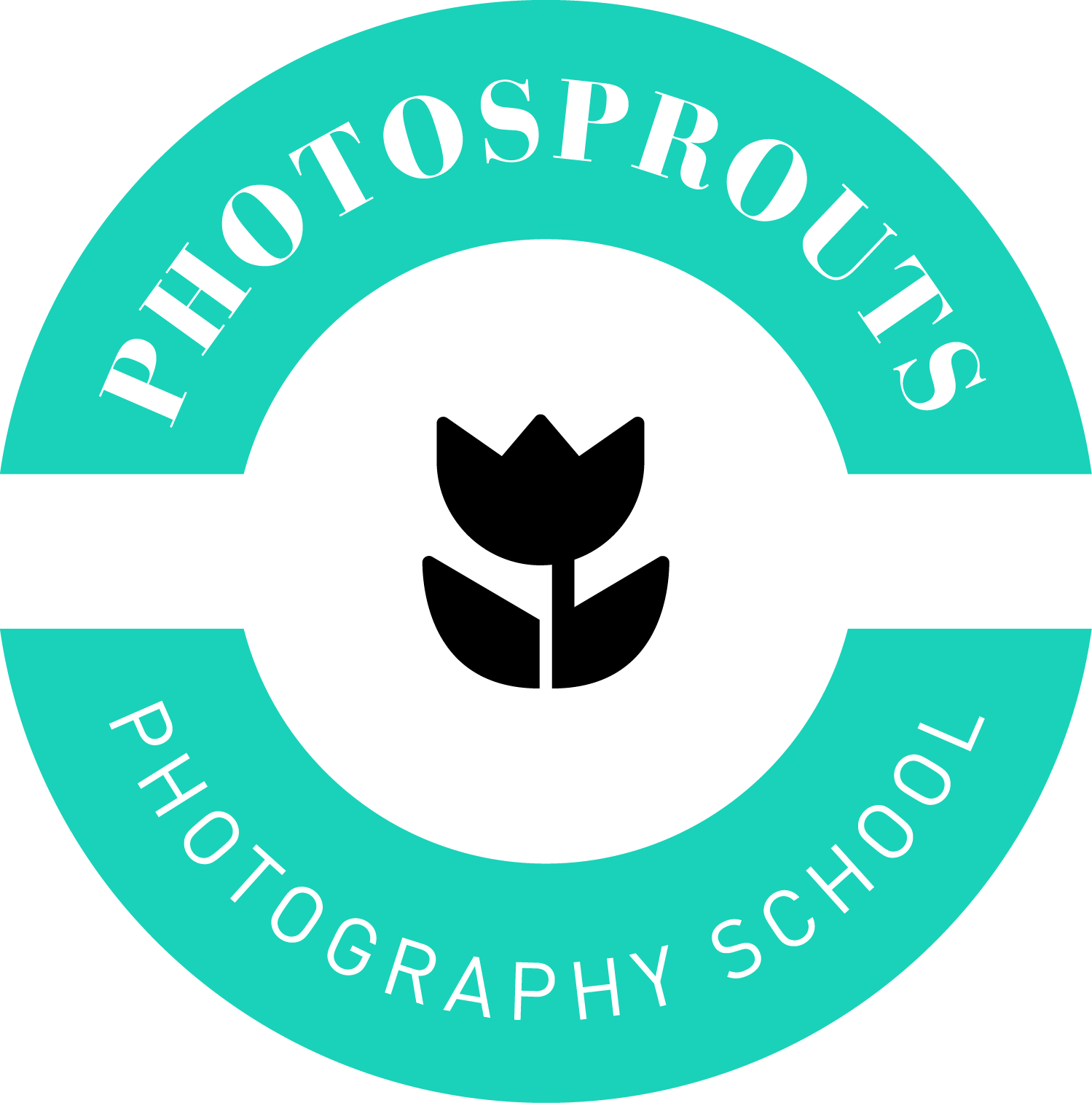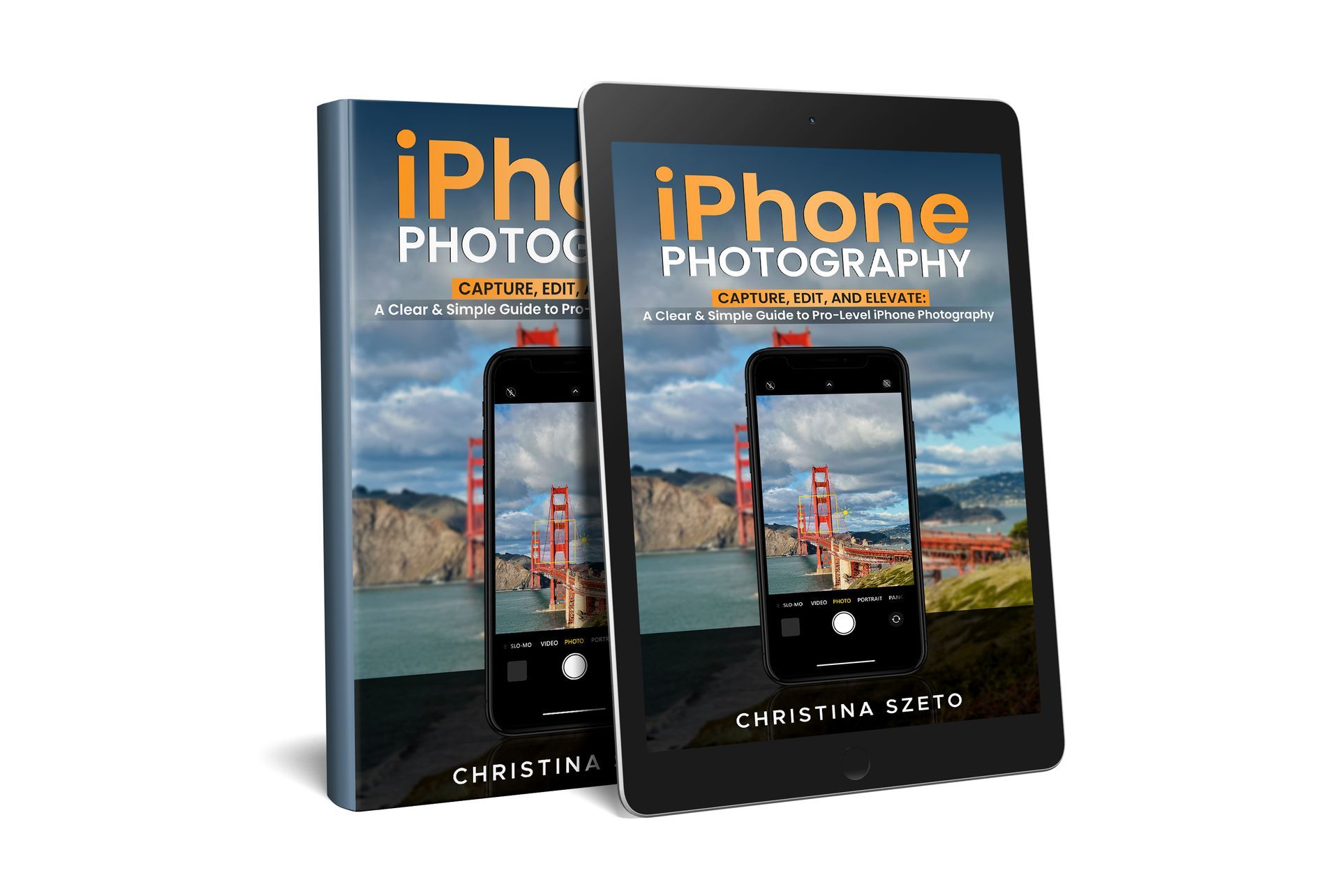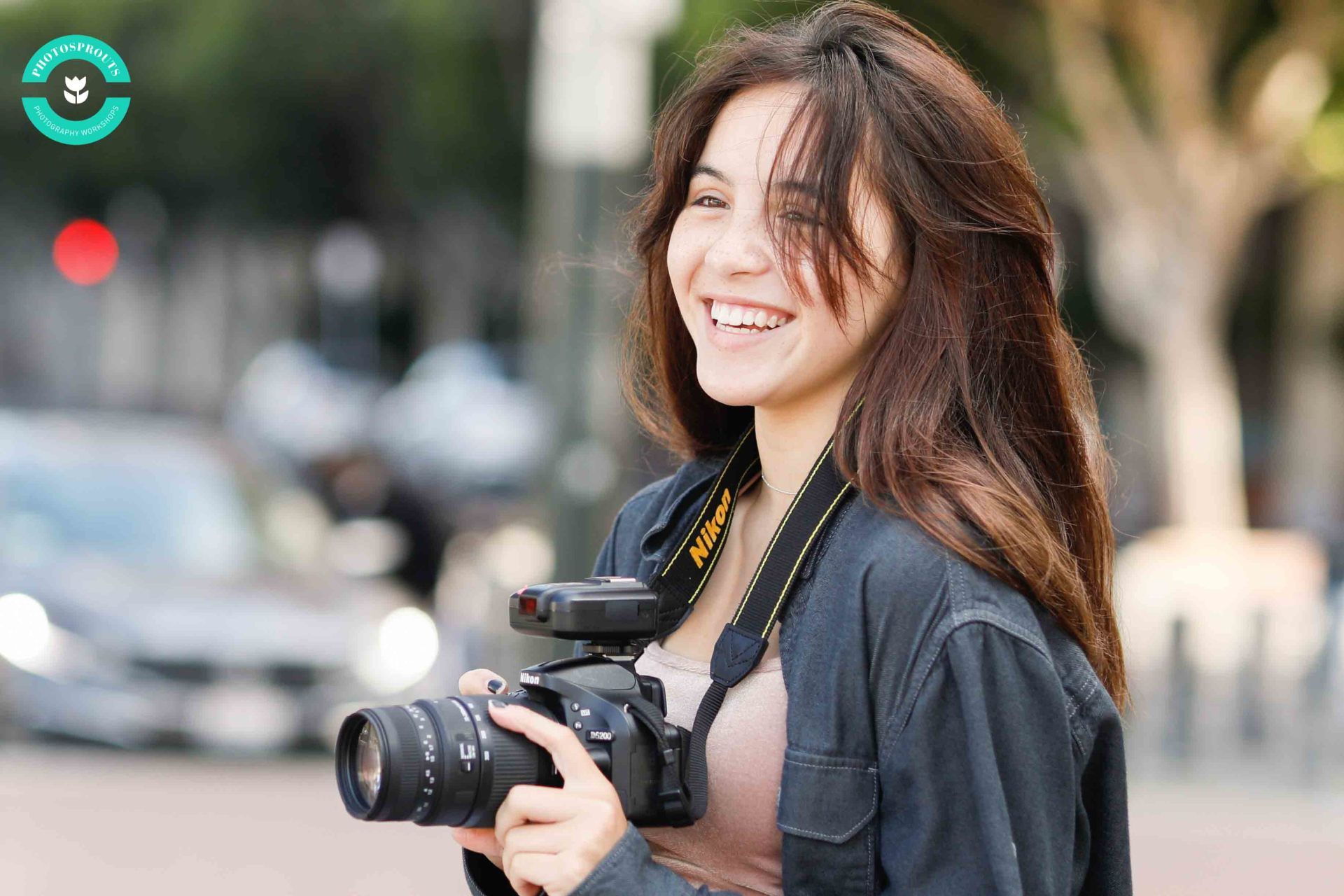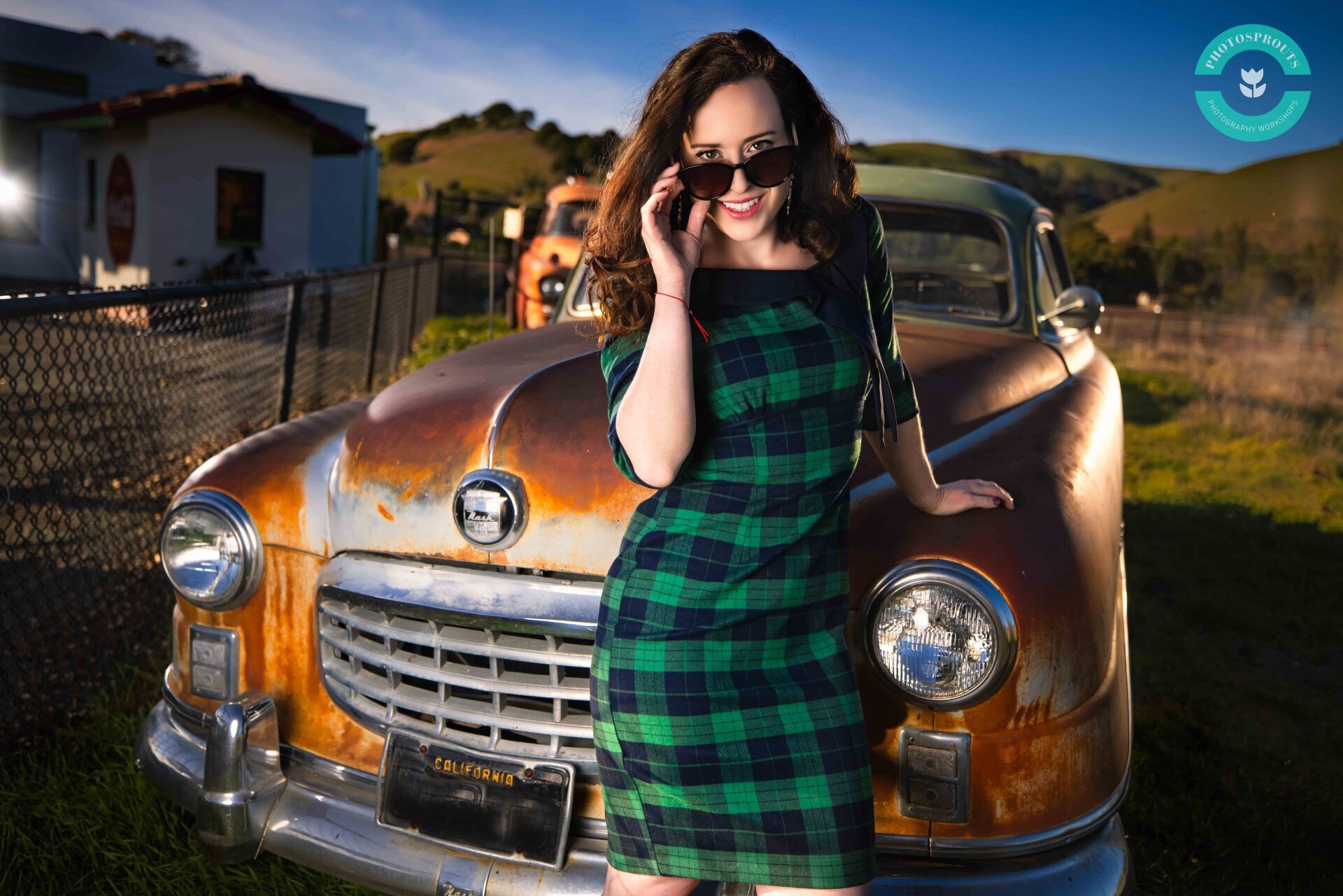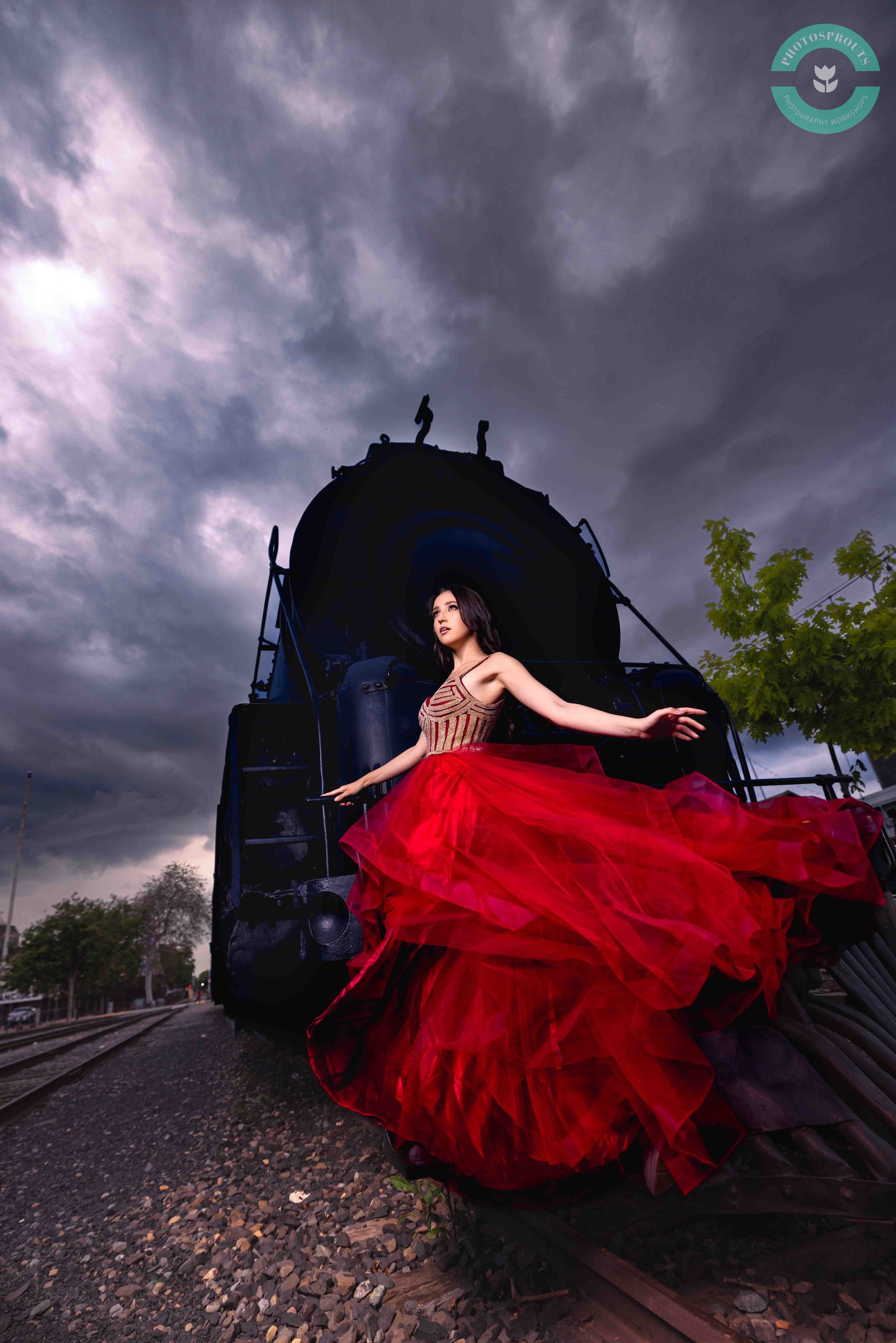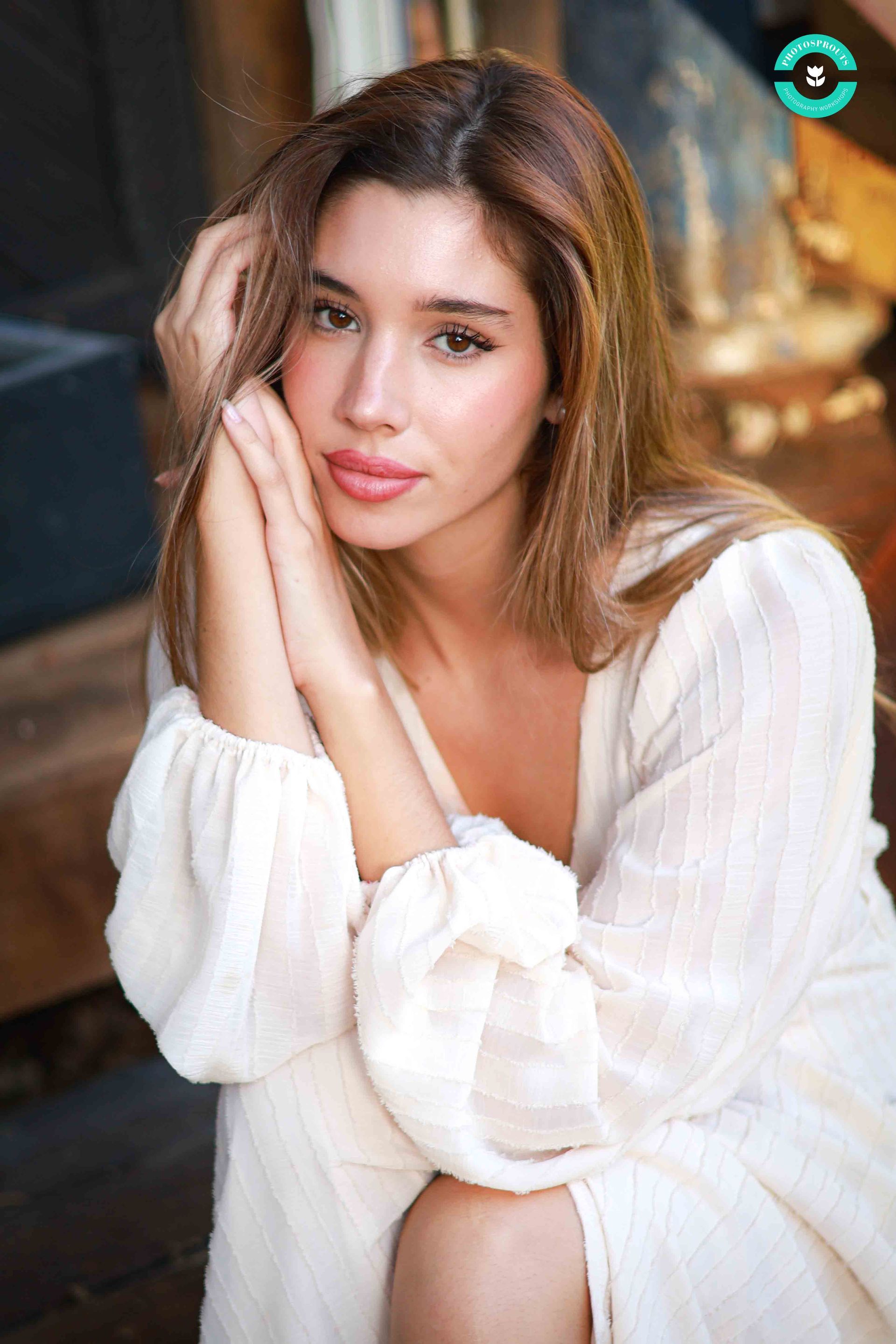Which Camera Brand is Best for Beginners? A Hands-On Comparison of Canon, Sony, Nikon, Fuji, Olympus, and Pentax
Which Camera Brand is Best for Beginners? A Hands-On Comparison of Canon, Sony, Nikon, Fuji, Olympus, and Pentax
Ever feel like choosing your first camera is harder than learning photography itself? You're not alone. Most beginners buy based on a friend's suggestion or a polished YouTube review—only to discover their new camera is confusing, clunky, or just plain frustrating. We've tested all the major brands—Canon, Sony, Nikon, Fuji, Olympus, and Pentax—and we're here to give you the honest breakdown.

This blog is not sponsored by any camera brands.
As photography instructors who teach photography and has had extensive hands-on experience with Canon, Sony, Nikon, Fuji, Olympus, and Pentax, we’ve seen firsthand how each brand performs. And here's my honest take:
Canon consistently stands out as the best all-around system, especially for beginners.
Before diving into this post, take a look at an earlier one--The 7 key criteria we believe every beginner should consider when choosing a camera.
1. Most Beginners Choose Based on Friends or YouTube Reviews (But That’s a Risk)
If you’re just getting into photography, chances are you bought your camera based on a friend’s recommendation or after watching a bunch of YouTube reviews. I get it—those seem like trustworthy sources. But what you often don’t hear about are the camera’s weaknesses.
And that’s when the frustration sets in. You might end up with a system that’s hard to use, unintuitive, and doesn’t grow with your skill level. I’ve seen it happen many times.
2. Focusing: The First (and Most Frustrating) Step
Focusing is the first thing you do when you take a photo, and if that part isn’t intuitive, photography can quickly become discouraging. Here’s how the different brands compare:
Canon: The Gold Standard for User Experience
✅
Easy to Learn: Canon’s user interface is intuitive and beginner-friendly. You can pick up a Canon camera and feel comfortable using it right away.
✅
Fast, Accurate Focusing: Whether you’re photographing a moving subject or shooting in low light, Canon’s Dual Pixel Autofocus is responsive and fast.
✅
Great Image Quality: Rich colors, excellent sharpness, and reliable metering across the board.
Canon strikes the perfect balance between power and ease-of-use, which is why I recommend it in all my workshops.
Sony: Powerful But Frustrating Menus
🟡
Complicated Menu System: Sony cameras are incredibly powerful, but their menu system is notorious. A small accidental touch can send you into another submenu, and getting out is not always straightforward.
🟡
Not Beginner-Friendly: Sony prioritizes features and specs over user experience. It’s a system that requires a lot of trial-and-error.
I’ve seen many beginners feel overwhelmed by Sony’s settings and interface, even though the image quality is fantastic.
Nikon: Solid Cameras, But Awkward Focus Logic
🟡
Focusing Is Not Intuitive: Nikon often struggles with close-range focusing, even when subjects are well within the lens’s minimum distance.
🟡
Focus Modes Buried in the Rear Buttons: Switching between AF-S, AF-C, and other modes isn’t straightforward. The controls feel unintuitive unless you’ve used Nikon for years.
✅
Good Image Quality: Once you get past the hurdles, Nikon does produce lovely images, but the learning curve is steeper than Canon’s.
Fujifilm: Retro Charm, But Not for Beginners
🟠 No Standard Exposure Modes: Fuji assumes you already know how exposure works. Instead of a Mode dial (like M, A, S, P), you have to set the shutter speed and aperture manually. Want Aperture Priority? You’ll need to set the shutter dial to A and adjust the aperture ring.
🟠 Stylish but Steep Learning Curve: Fuji cameras are beautiful and beloved by advanced shooters, but they’re not ideal for learning the fundamentals.
If you're not already confident in your exposure triangle, Fuji can leave you confused and frustrated.
Olympus & Pentax: Niche but Respectable
🟢
Olympus: Lightweight and great in-body stabilization. A nice choice for travel and street photography. However, the Micro Four Thirds sensor limits image quality and depth of field compared to Canon’s APS-C or full-frame options.
🟢
Pentax: Solid build and great value, but not widely adopted. Fewer lens options and less intuitive UI compared to Canon. Also, focusing speed lags behind.
Both brands have their strengths but are more suited for hobbyists with specific interests rather than general beginners.
The Verdict: Canon Wins for Beginners (and Stays Relevant as You Grow)
If you're just starting out, the last thing you want is a confusing menu system or a camera that makes basic tasks like focusing feel like rocket science.
Canon makes the entire process seamless—from setup, focusing, and exposure to learning manual mode. It’s reliable, powerful, and accessible. And no, we’re not sponsored—Canon just gets what photographers need, especially those who are learning.
Ready to Learn More?
At Photosprouts Photography Workshops, we teach both beginner and intermediate classes using Canon mirrorless cameras. We’ve tested all the major systems, and that’s why we provide Canon R50 cameras during class. They’re easy to use, powerful enough for advanced work, and let you focus on learning—not fumbling with buttons.
Sign up for our next workshop in San Francisco and feel the Canon difference for yourself.



